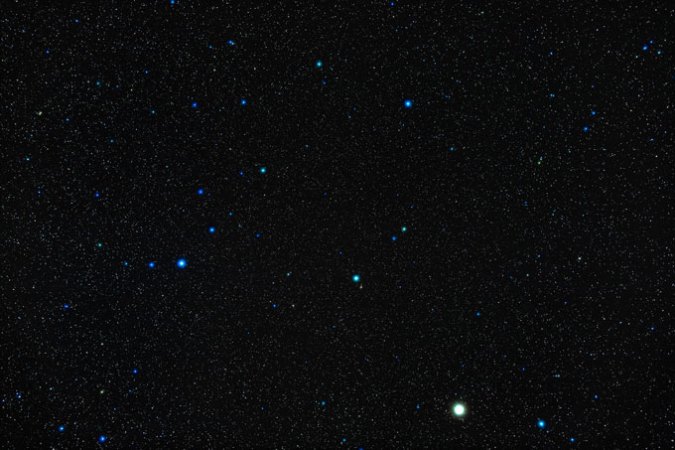Extreme Climate Survey
Scientific news is collecting questions from readers about how to navigate our planet’s changing climate.
What do you want to know about extreme heat and how it can lead to extreme weather events?
“This is a once-in-a-lifetime opportunity,” says Gerardo Juan Manuel Luna, an astronomer at the Universidad Nacional De Hurlingham in Argentina. “We are at the right time, at the right moment, with the right instruments.”
The white dwarf and red giant make up a binary system known as T Corona Borealis, or T CrB. Astronomers believe the nova will occur anytime between now and September. T CrB repeats its outburst about every 80 years. The last time this happened was in 1946 (SN: 23/2/46).
Novas get their name from astronomer Tycho Brahe’s report in 1573 of a new object in the constellation Cassiopeia entitled De Nova Stella, Latin for “In the New Star”. Astronomers today know that these nova stella they are actually explosions from white dwarfs, the dense remnant cores of stars that have shed their outer layers. When a white dwarf siphons material from a nearby companion star, the accreted mass can trigger a nova (SN: 2/12/21).
T CrB experienced a sudden brightening in recent years that astronomers call a “super active” phase followed by a noticeable decline in activity, signaling that a nova may be imminent. The same pattern was observed before T CrB erupted in 1946 and 1866.
This time, scientists plan to get a better view of the nearby nova than ever before. Dozens of telescopes around the world and orbiting in space, spanning the entire electromagnetic spectrum, will fix T CrB in their sights in an effort to unravel the mysteries of these cosmic explosions.
“We hope to be able to answer questions with this object that may then be relevant to all other accretive and explosive white dwarfs,” says Jennifer Sokoloski, an astrophysicist at Columbia University.
One of the main questions is whether the white dwarf in T CrB gains or loses mass after each successive nova. The explosion will eject material into space, but some of the mass stripped from the red giant may sink into the white dwarf, causing the small but dense star to gain mass over time. If so, then repeating novae like this could eventually lead to even larger explosions called type 1a supernovae, which play an important role in the evolution of star systems and entire galaxies.
“This is the holy grail,” Luna says. “After the explosion, say in the next five years when things calm down, we should be able to measure the mass again and see what happened.”
Additional unsolved mysteries include how shock waves from the nova will propagate through a gas nebula surrounding the red giant and whether dust will form in this extreme environment — a key part of understanding where the dust that forms stars and planets comes from. Luna says. Astronomers will also be on the lookout for high-energy gamma rays, which were first detected by a nova in the binary system V407 Cygni in 2010 (SN: 10/8/14).
“It was a complete shock,” says Justin Linford, an astrophysicist at the National Radio Astronomy Observatory in Socorro, NM, “No one in the nova community thought these things had enough energy to reach gamma-ray levels.”
There will be little warning before T CrB explodes – and scientists can’t be entirely sure that this will happen even in the coming months. “We’ll probably be sitting here holding our breath for the next 10 years,” Sokoloski says.
But if T CrB’s past behavior repeats itself, then those who find a dark place to view the Corona Borealis at the right moment could be the first to see this cosmic spectacle burst into life.
“My bet,” says Luna, “is that this event will be discovered first by amateurs.”
#stellar #explosion #create #temporary #star #summer
Image Source : www.sciencenews.org
